“Sacred Bamboos Keep Jeypore Dussehra’s Tribal Traditions Alive”
This year’s Dussehra celebrations in Jeypore are set to witness the vibrant participation of more than 60 tribal groups, keeping alive a centuries-old tradition that dates back to the glorious days of the Jaypura kingdom. The highlight of the festival is the Tribal Lathi Jatra, a cultural procession where sacred bamboos (lathis) are brought by tribal communities as symbols of prosperity, protection, and tradition.
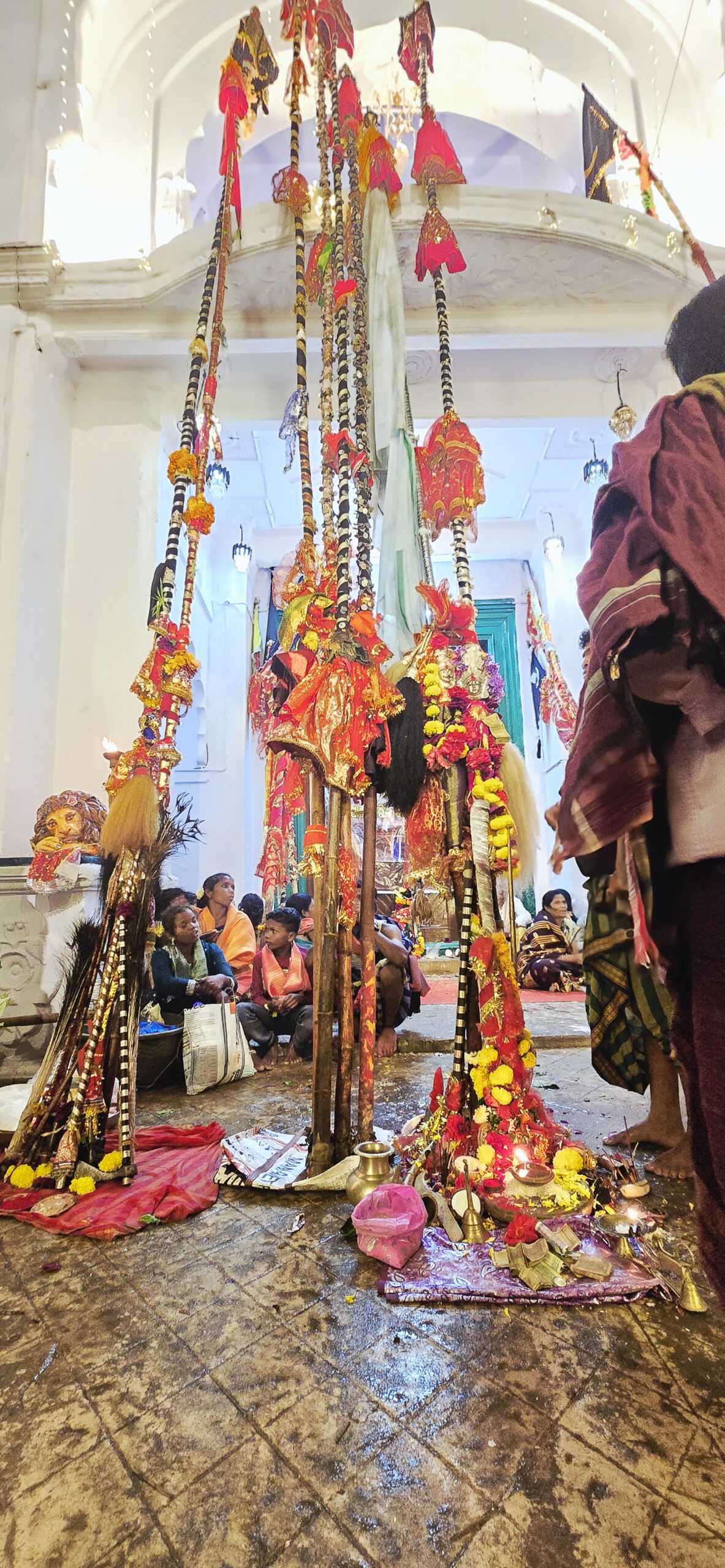
According to a local researcher the sacred bamboos are preserved in village altars throughout the year, as they are believed to usher in prosperity and form an integral part of the Dussehra festivities. The ritual highlights the inseparable bond between tribal customs and temple traditions.
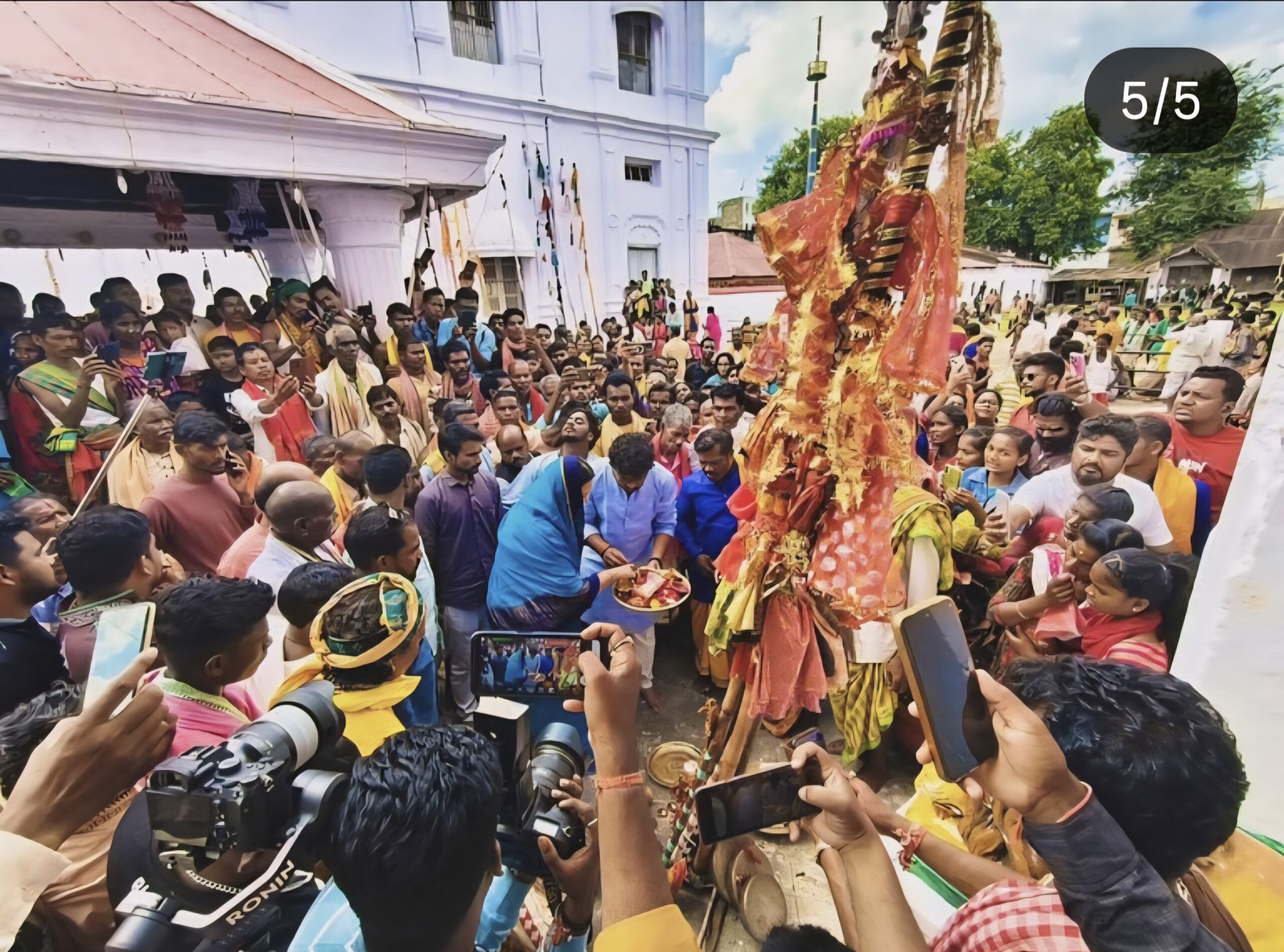
Royal Legacy of Jeypore Dussehra
The Jeypore Dussehra is not just a tribal festival but also a reflection of the royal traditions of the Jeypore kings, who ruled one of the largest feudal estates in Odisha. Historically, the festival was inaugurated by the king of Jeypore at the Kanak Durga Temple, followed by a grand procession where village heads and tribal chiefs joined the royal entourage.
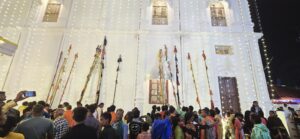
The king performed special rituals, including yagna and animal sacrifices during the Aparajita Puja, symbolizing divine blessings for his reign. In return, villagers offered revenues, gifts, and loyalty to the king, while he pledged to protect their rights and redress grievances. This created a unique bond where Dussehra became not only a religious celebration but also a political reaffirmation of royal authority and tribal unity.
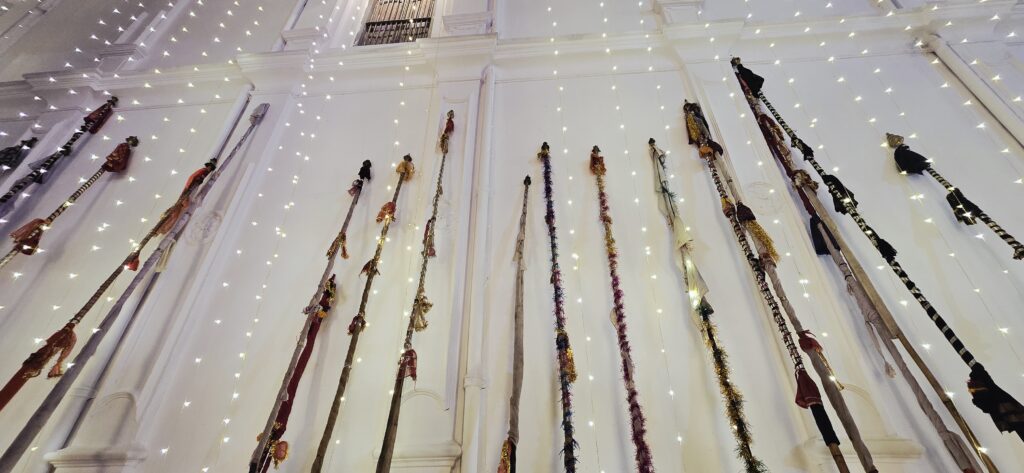
A devotee said “During the reign of kings, the grandeur of Jeypore Dussehra was extraordinary. After the abolition of the zamindari system, however, the scale diminished, though tribal participation kept the spirit alive.”
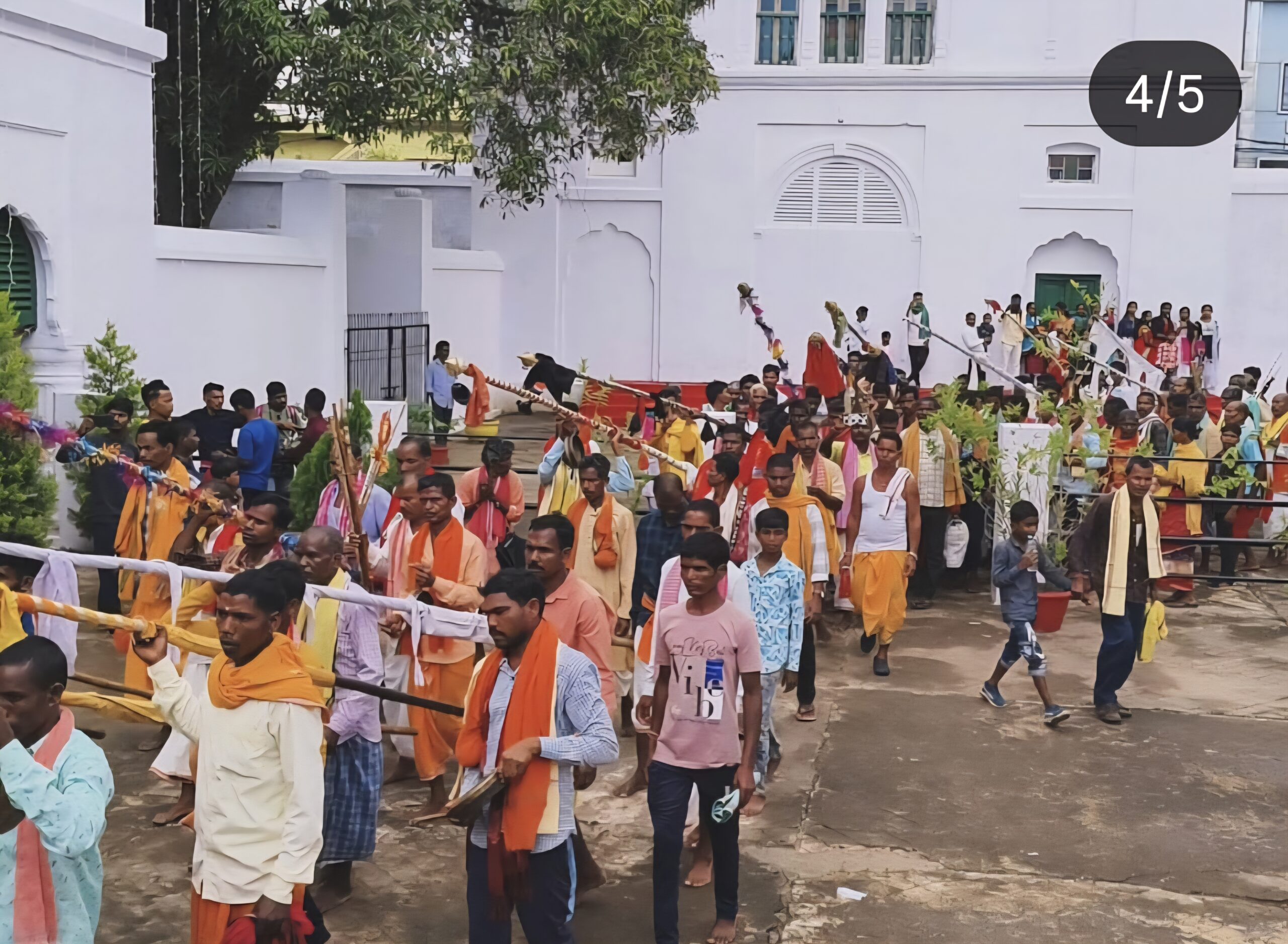
Tribal Participation at its Core
Even today, the soul of Jeypore Dussehra lies in its tribal essence. Communities such as the Bhumia, Gadva, Paraja, Soura, Bhatra, Gond, Didai, Durua, Kondh, Bonda, and Koya trek barefoot for days to Jeypore, carrying their sacred bamboos and idols of Goddess Durga. The Lathi Jatra procession, featuring these sacred offerings, symbolizes prosperity, divine strength, and cultural pride.
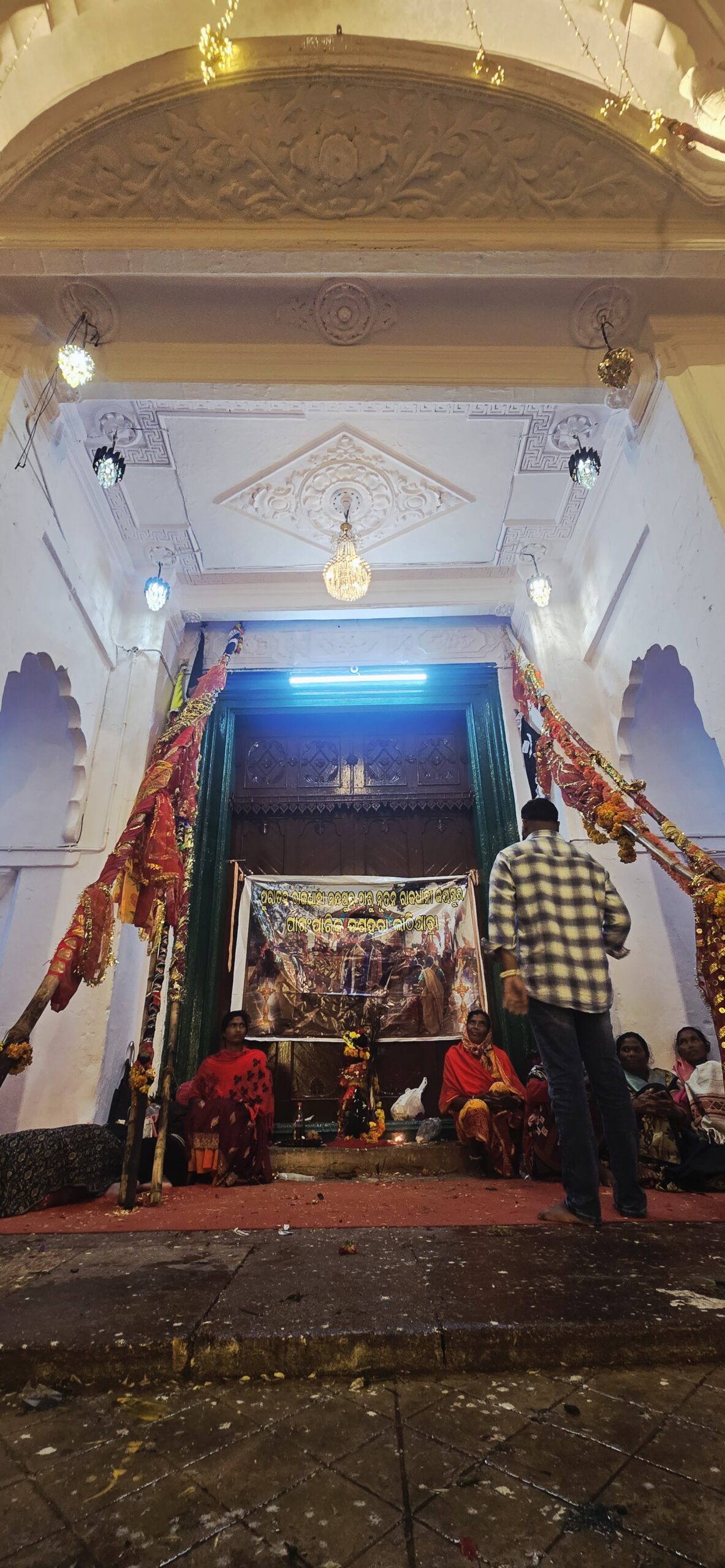
Decline and Revival Efforts
With the fall of the zamindari system, the pomp of royal-led celebrations declined. However, organisers and cultural leaders are now reviving the grandeur by preserving rituals, restoring the royal link, and promoting Jeypore Dussehra as a unique blend of royal heritage and tribal tradition.
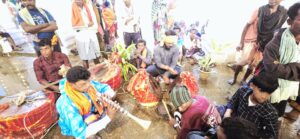
CH Santakar, Senior Reporter, who has covered the festival for decades, remarked:“The Jeypore Dussehra is not merely a religious festival; it is the living history of Koraput. The presence of more than 60 tribal groups and the royal legacy makes it stand apart from other Dussehra celebrations in India. It is both the pride of the Jaypura kingdom’s past and a cultural bridge for the present generation. The revival of its grandeur is not just important for heritage but also for tourism and identity of the region.”
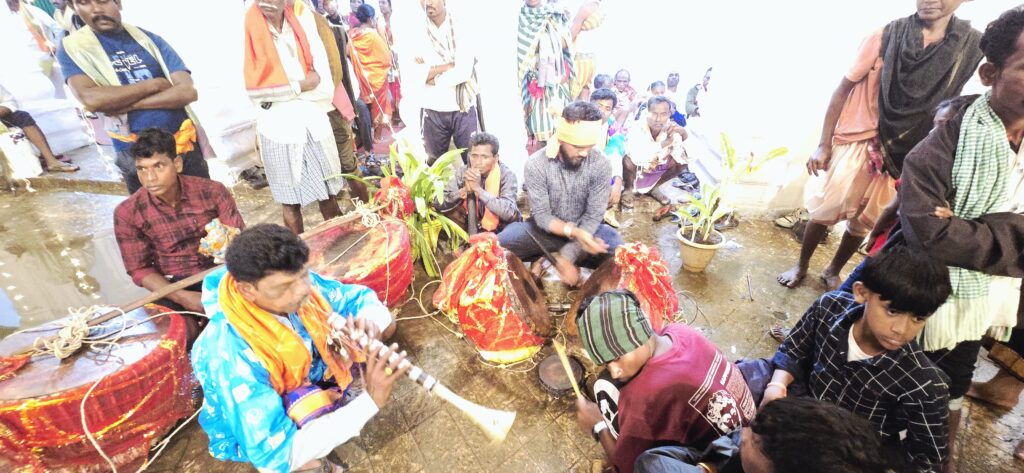
A Festival of Heritage and Unity-Unlike Mysore’s Dussehra, which is famed for its royal processions, Jeypore’s uniqueness lies in the fusion of tribal devotion and royal patronage. The sacred bamboo rituals, the tribal marches, and the echoes of royal grandeur combine to make the Jeypore Dussehra a living cultural heritage of Odisha.
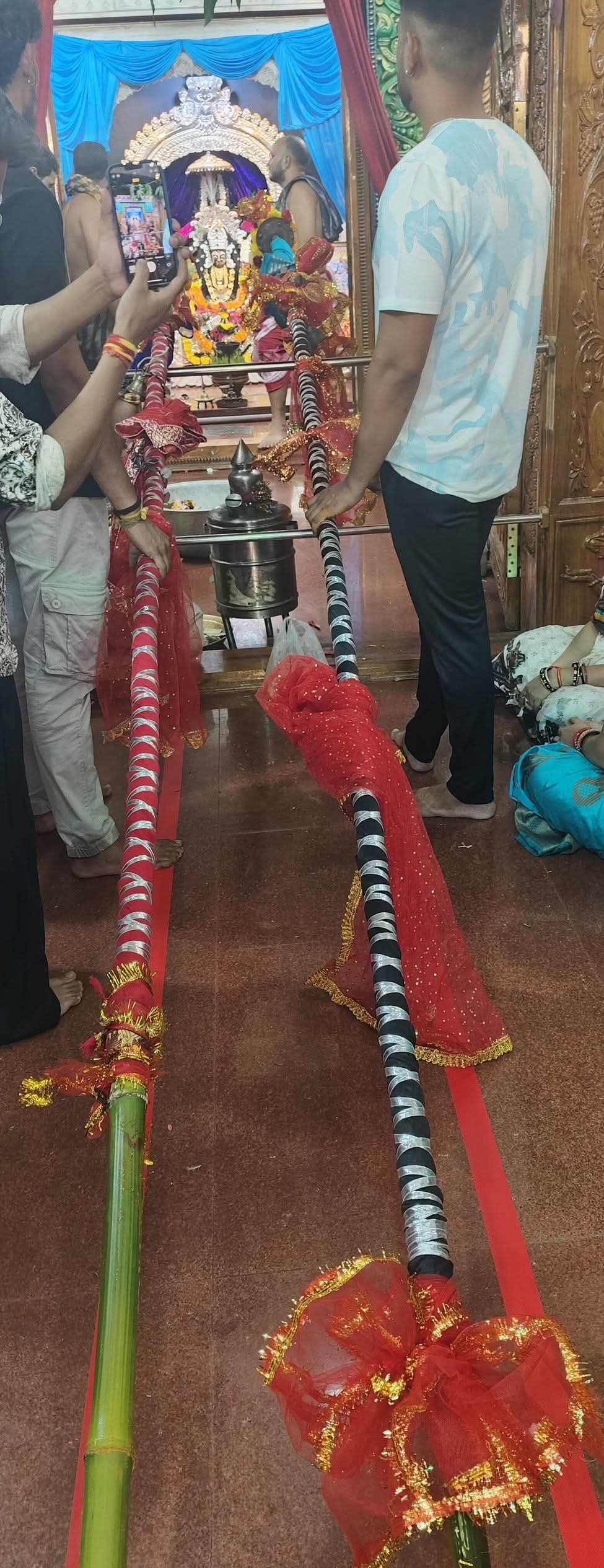
As thousands gather to witness the sacred bamboo processions and the iconic Lathi Jatra, the festival continues to symbolize prosperity, unity, and the proud legacy of both the Jeypore royal family and Koraput’s tribal communities.
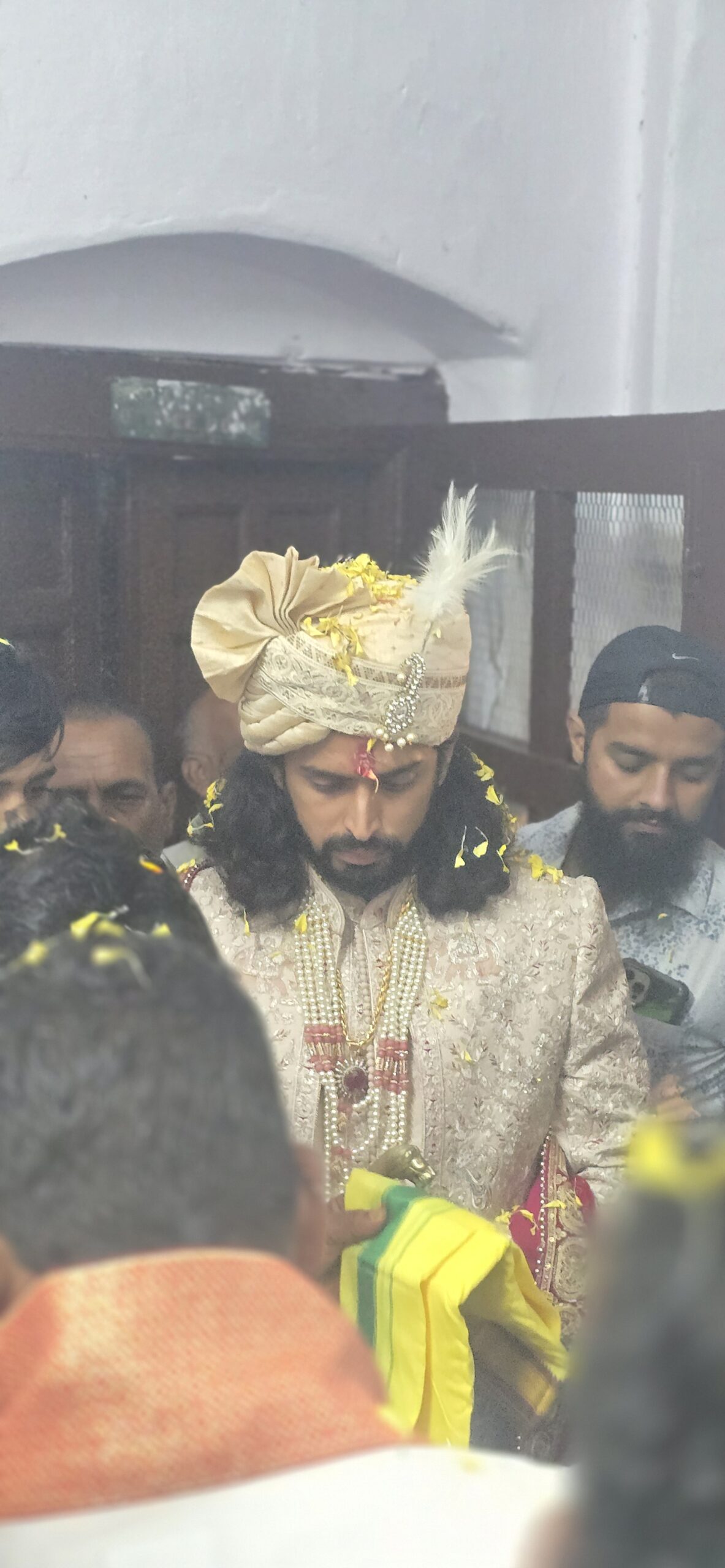
King Visweshwar Chandrachud Dev joined the villagers in their traditional celebration centred around the revered lathis (wooden staffs). On this occasion, the king not only felicitated the villagers for preserving this age-old custom but also personally participated in the ritual of worshipping the lathis. The ceremony reflects the deep cultural belief that lathis are not just weapons of defence, but sacred symbols of strength, unity, and protection for the community. By bowing before the lathis along with the people, the king reinforced the bond between the royal legacy and the traditions of the land, highlighting the importance of safeguarding cultural practices for future generations.
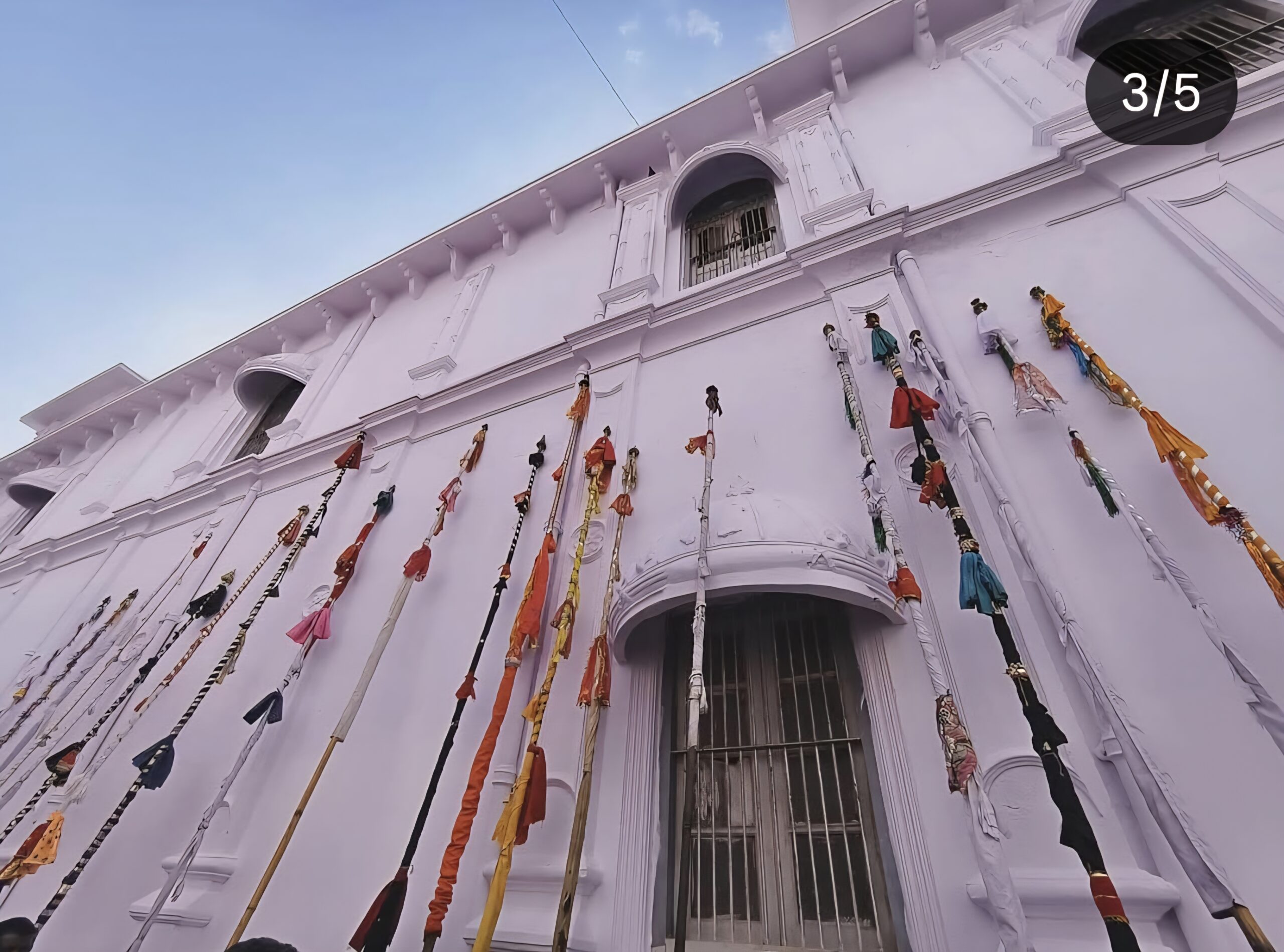
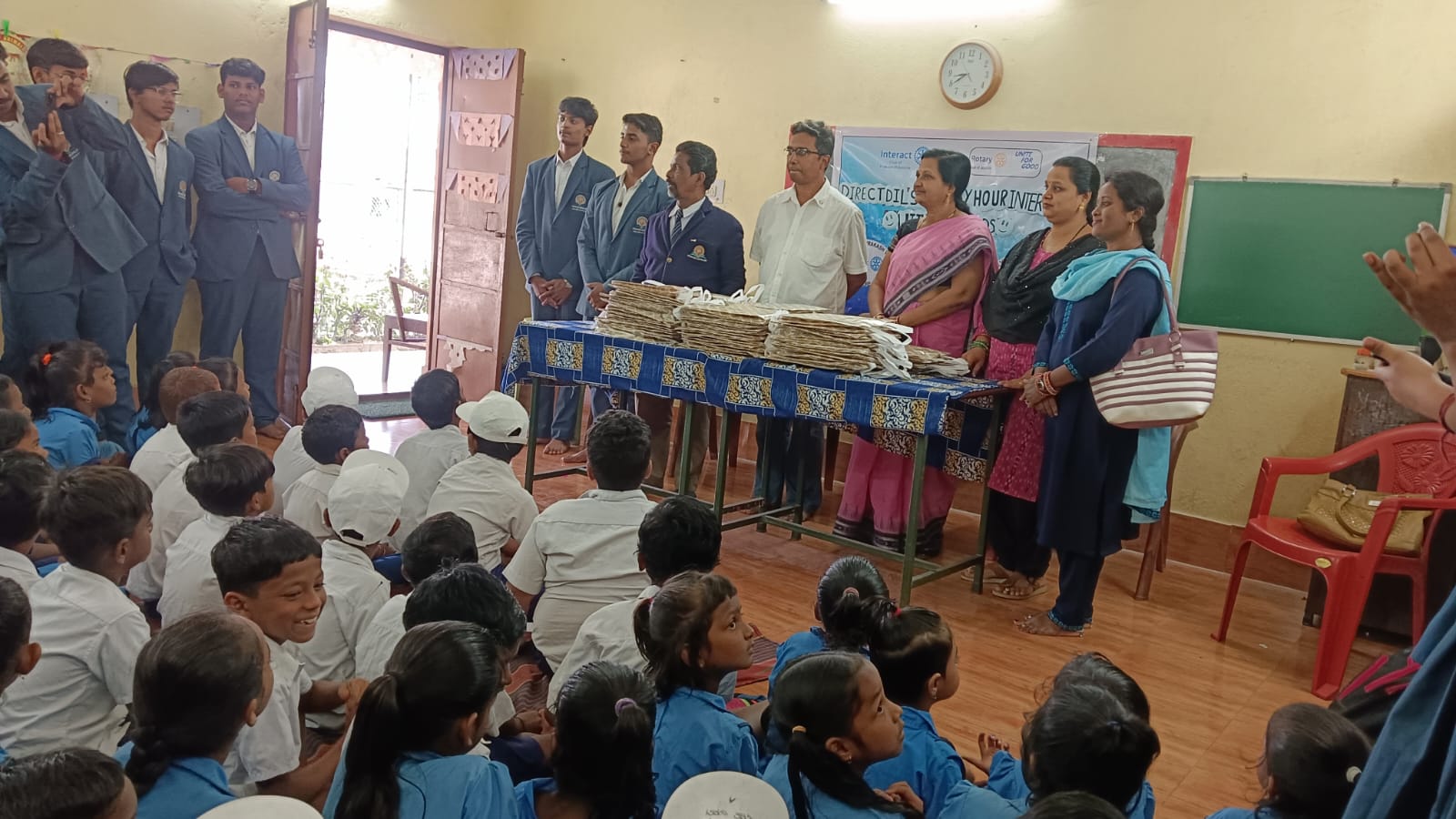
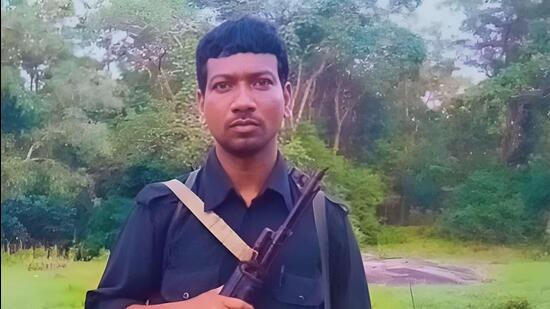
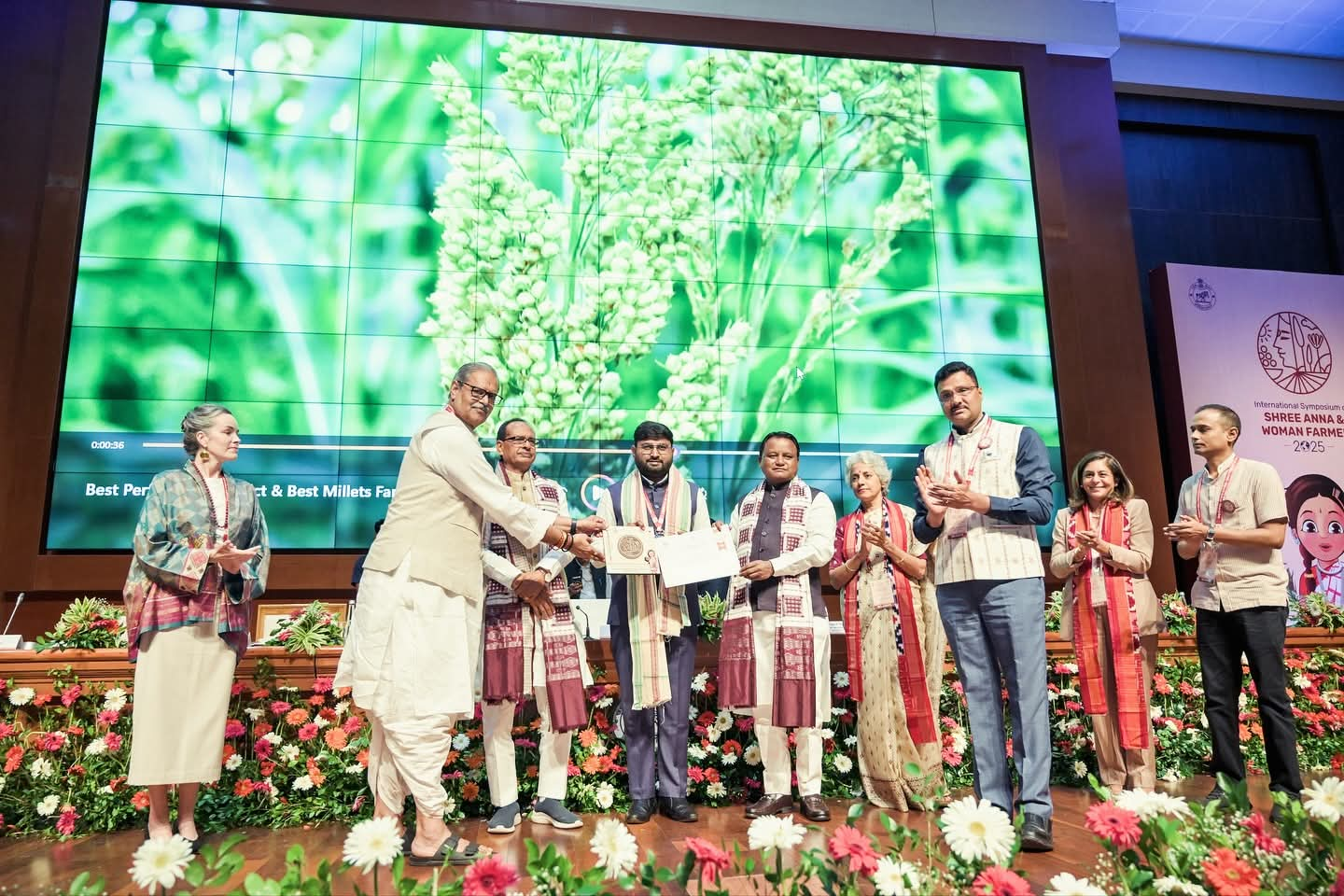


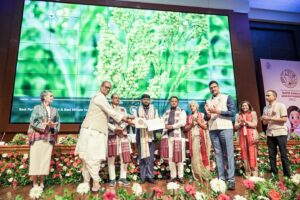
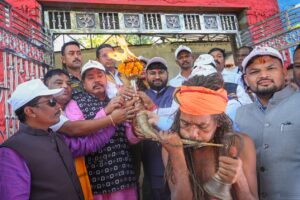
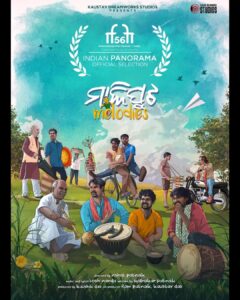

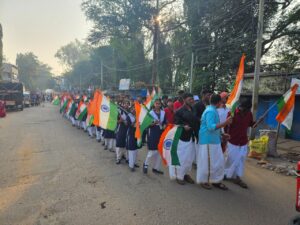



Post Comment